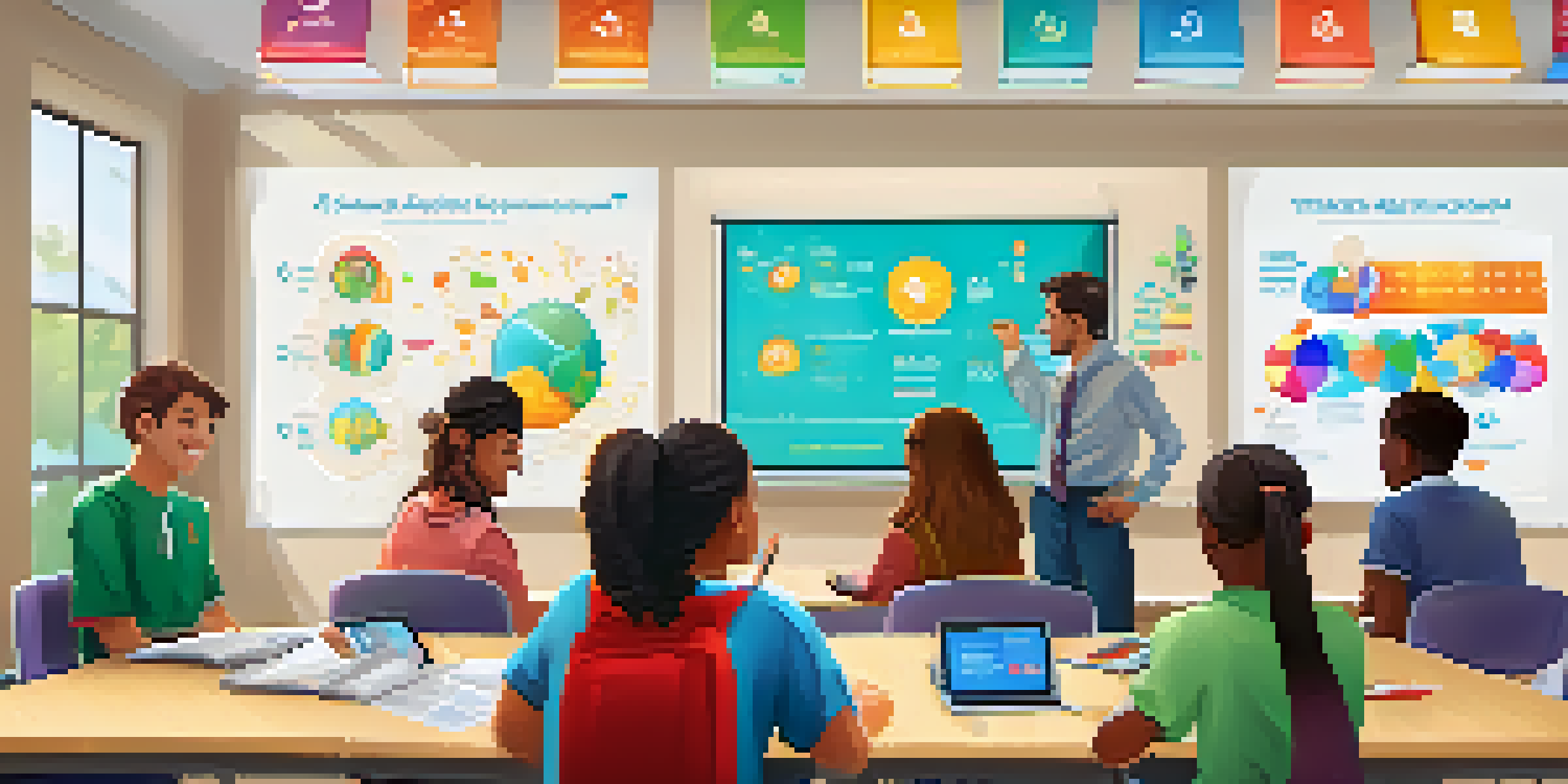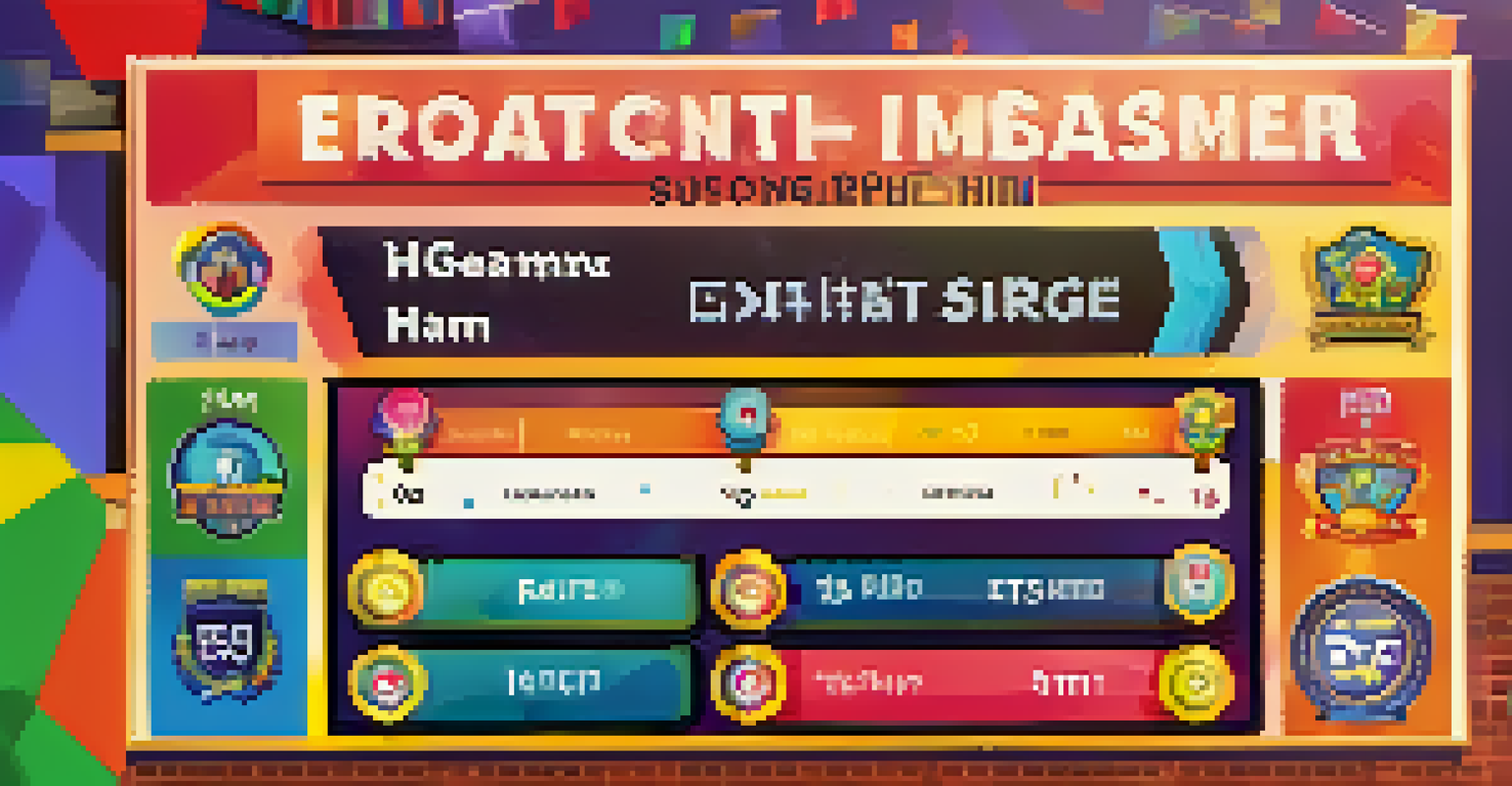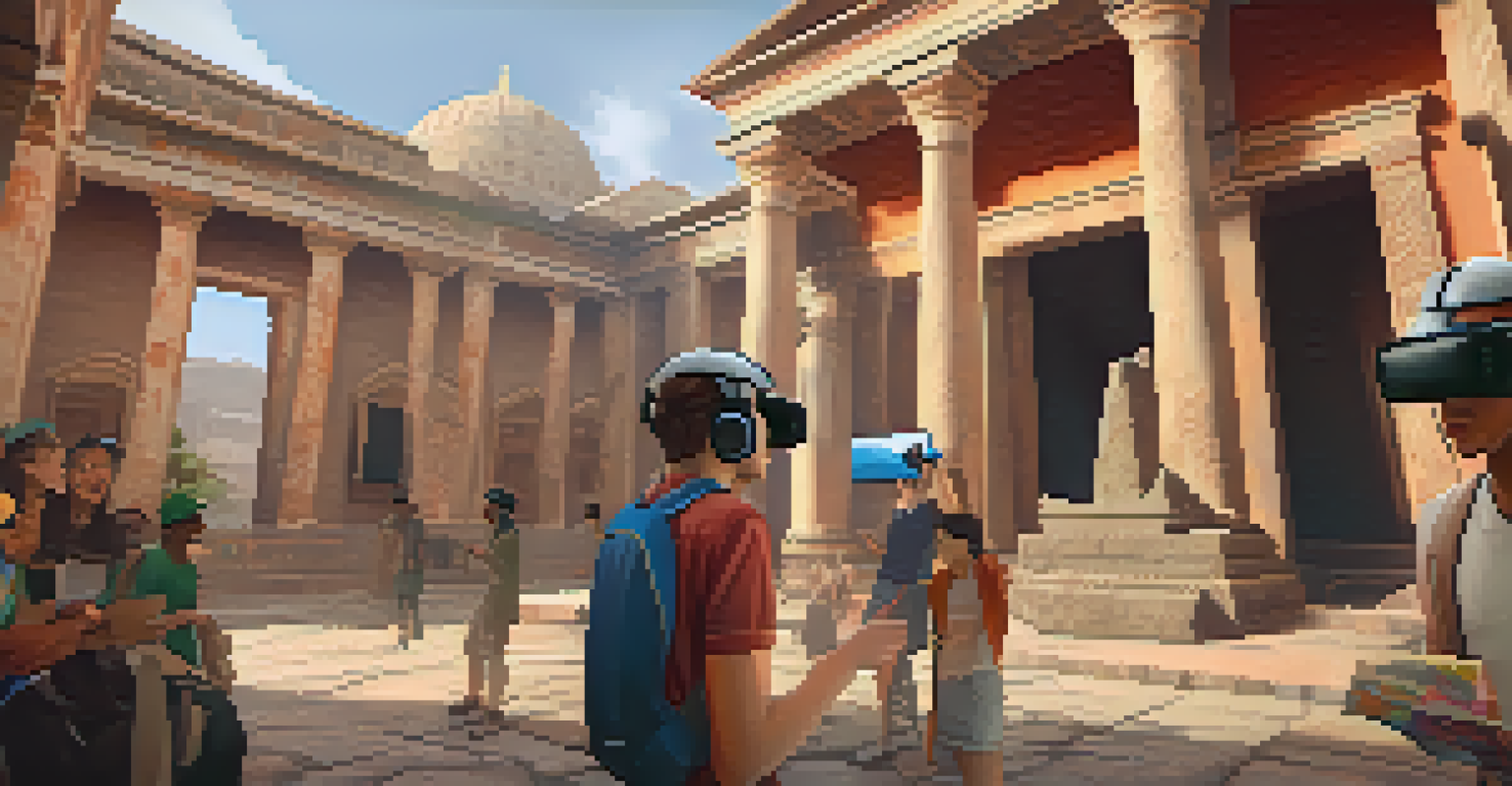Gamified Assessments: Engaging Students Through Game Mechanics

Understanding Gamified Assessments and Their Purpose
Gamified assessments incorporate game-like elements into traditional evaluation methods. This approach aims to make learning more interactive and engaging for students. By integrating mechanics such as points, badges, and leaderboards, educators can foster a competitive yet fun environment.
Games are a part of our everyday culture and can offer a powerful means to engage learners.
The purpose of these assessments is not just to evaluate knowledge but to encourage participation and reduce anxiety around testing. When students see learning as a game, they are more likely to embrace challenges and take risks in their education. This shift can lead to improved retention and comprehension of the material.
Ultimately, gamified assessments transform the often daunting assessment process into an enjoyable experience. They create an atmosphere where learning is seen as a journey, prompting students to explore subjects deeply while having fun along the way.
Key Game Mechanics to Enhance Engagement
Several game mechanics can be effectively utilized in assessments to boost student engagement. For instance, incorporating points systems rewards students for completing tasks and encourages them to strive for higher scores. This creates a sense of achievement and motivates students to engage more actively.

Another popular mechanic is the use of badges or achievements, which serve as visual representations of progress. When students earn badges for milestones, they experience a sense of accomplishment, encouraging them to pursue further challenges. This recognition fosters a positive feedback loop that keeps learners invested in their educational journey.
Gamification Boosts Student Engagement
Incorporating game mechanics like points and badges transforms traditional assessments, making learning more interactive and enjoyable.
Finally, implementing leaderboards adds a competitive element that can stimulate engagement. Students often enjoy seeing how they rank among their peers, and this friendly competition can drive them to improve their performance. By carefully balancing competition with collaboration, educators can maintain a supportive environment that encourages growth.
Benefits of Gamified Assessments for Students
Gamified assessments offer numerous benefits that can enhance the learning experience. One significant advantage is increased motivation, as students often feel more inclined to participate when learning resembles a game. This heightened interest can lead to improved focus and better academic outcomes.
Play is the highest form of research.
Additionally, these assessments provide immediate feedback, allowing students to understand their strengths and areas for improvement. This instant insight helps learners adjust their strategies and approaches, promoting a growth mindset. Instead of fearing mistakes, students can view them as opportunities to learn and grow.
Moreover, gamified assessments can cater to diverse learning styles. By incorporating various game elements, educators can engage visual, auditory, and kinesthetic learners alike. This inclusivity can help ensure that all students find pathways to success in their learning journeys.
Implementing Gamified Assessments in the Classroom
To successfully implement gamified assessments, educators should start by identifying the learning objectives they want to achieve. This clarity helps in designing game mechanics that align with these goals, ensuring that assessments remain focused on content mastery. Planning is critical to create a cohesive and engaging experience.
Next, teachers can choose appropriate platforms or tools that facilitate gamification. There are various online resources available that offer built-in gamification features, making it easier to create assessments with game-like elements. These tools can help streamline the process and enhance the overall experience for both educators and students.
Immediate Feedback Enhances Learning
Gamified assessments provide instant insights into student performance, fostering a growth mindset and encouraging continuous improvement.
Finally, trial and error can be beneficial. Educators should be open to adjusting their approaches based on student feedback and performance. By continually refining their gamified assessments, teachers can better meet their students' needs and create a more effective learning environment.
Challenges of Gamified Assessments to Consider
While gamified assessments can be highly effective, they also come with challenges that educators must navigate. One significant hurdle is the potential for distractions; if not designed thoughtfully, game elements can overshadow the actual learning objectives. Striking the right balance between fun and educational value is crucial.
Another challenge is ensuring fairness in competition. Students may have varying levels of experience with games, which can lead to disparities in performance. Educators must consider how to level the playing field and create opportunities for all students to succeed, regardless of their gaming background.
Lastly, the implementation of technology can pose barriers, especially in under-resourced environments. Not all students may have access to the necessary devices or reliable internet connections. To address this, educators need to find creative solutions and possibly develop offline alternatives to ensure that all students can benefit from gamified assessments.
Real-World Examples of Gamified Assessments
Many educational institutions have successfully integrated gamified assessments into their curricula. For instance, some universities use platforms like Kahoot!, which allows students to participate in live quizzes that resemble game shows. This approach not only engages students but also encourages teamwork and camaraderie.
Another example is the use of interactive storytelling in assessments. By transforming traditional assignments into narrative-driven experiences, students become part of a larger adventure that requires critical thinking and problem-solving. This method can make complex subjects more relatable and enjoyable.
Challenges in Implementation Exist
While gamified assessments are effective, educators must address potential distractions, ensure fairness, and overcome technology barriers.
Furthermore, platforms like Classcraft allow educators to create role-playing game (RPG) environments where students can earn rewards for good behavior and academic performance. This immersive experience promotes engagement and encourages collaboration among peers, demonstrating the power of gamification in education.
Future Trends in Gamified Assessments
As technology continues to evolve, the future of gamified assessments looks promising. One trend is the increased use of virtual and augmented reality, which can create immersive learning experiences. Imagine students exploring historical sites or conducting science experiments in a virtual lab while completing assessments—it's an exciting prospect!
Another emerging trend is personalized gamification. Educators are beginning to use data analytics to tailor assessments to individual students' needs and preferences. This customized approach can enhance engagement and ensure that each learner progresses at their own pace, maximizing their potential.

Finally, the integration of social elements is likely to grow. Collaborative games that encourage teamwork and peer interaction can foster a sense of community among students. By working together to achieve common goals, learners can develop both academic and social skills, preparing them for future success.